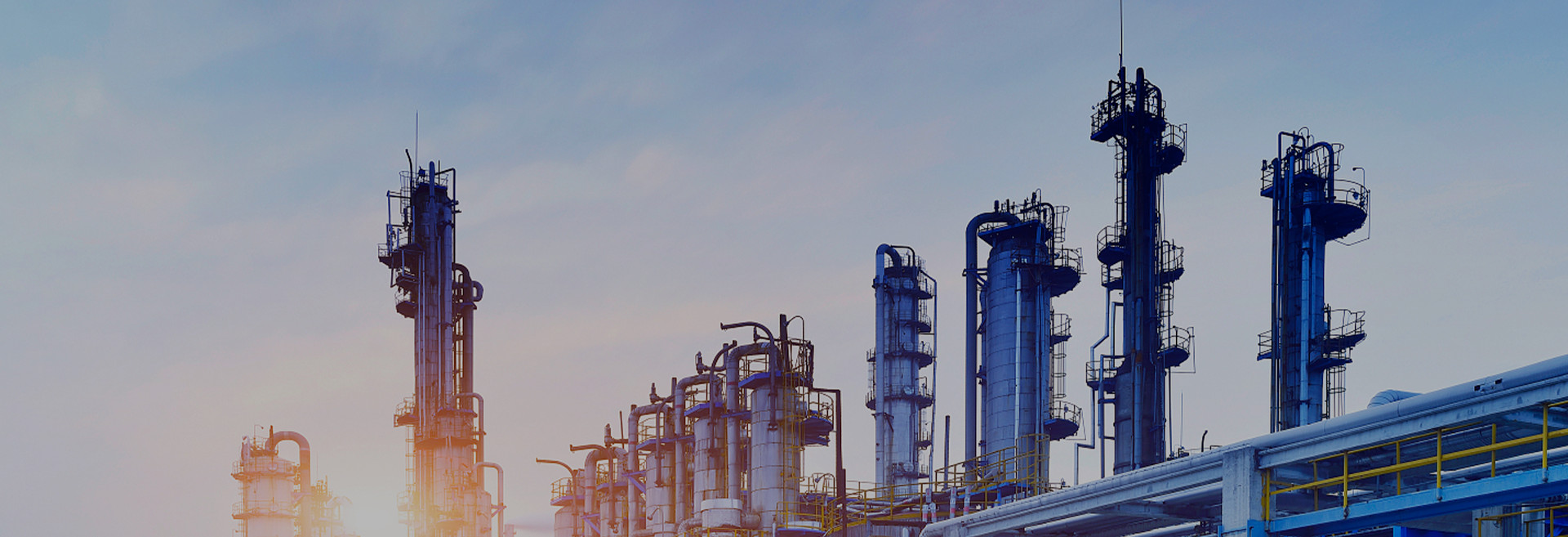When choosing a petrochemical standard gas suitable for your needs, you can consider the following aspects:
1. Confirmation of numbering: Select standard gases with classification certificates and production licences holding the uniform number of the General Administration of Quality Supervision, Inspection and Quarantine. The number of primary standard gas is gbw ×××××× and the number of secondary standard gas is gbw(e)××××××. If necessary, enquiry can be made to the office of National Standard Substance Control Committee.
2. Matching composition: The composition of the standard gas should be the same or similar to that of the sample to be measured as far as possible. For some analytical methods, different gas compositions may lead to different response values. Due to the complexity and diversity of the measured objects, the composition of the standard gas may be difficult to be completely consistent. In this case, standard gases that are as similar as possible should be selected and their quantitative accuracy should be assessed by reliable methods.
3. Attention to content: If relative measurements by instrumental analysis are used (usually quantified by the standard curve method, after determining that the standard curve passes through the origin and is linear, a single-point correction method may also be used), the content of the standard gas should be similar to that of the sample to be measured in order to minimise the uncertainty caused by the difference in linearity, which is particularly important for measurements with narrow linear ranges. When the content can not be completely close, you can choose the standard gas on both sides of the sample to be measured, and take the average value as the measurement result after separate measurements.
4. Consider uncertainty: Uncertainty in the standard gas can introduce systematic errors into the results of the component being measured. From the point of view of uncertainty synthesis, the smaller the uncertainty, the better. If its value is three times the expected analytical result, it is negligible. For example, in petroleum refining and chemical production, when used to calibrate on-line analytical instruments and instruments for raw material and product quality, the required standard gas composition and concentration need to be determined based on specific process and analytical requirements. If the petroleum recombination hydrogenation process analyses gases, it is necessary to analyse gases from hydrogen, oxygen, nitrogen, carbon monoxide, carbon dioxide, argon, methane, ethane, propane, propylene, iso-butane, n-butane, 1-butene, iso-butene, cis-2-butene, trans-2-butene, cyclopropane, vinyl acetylene, and ethynyl acetylene Among the above mentioned components and other gases, the components of the gases to be prepared are selected, and the content of each is determined. content; gases for the ethylene industrial process should have the components and component concentrations determined according to the actual requirements.
Post time: Sep-18-2024

